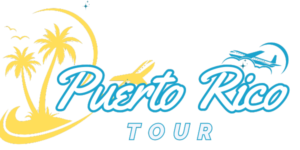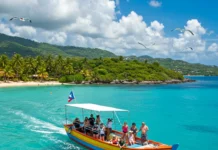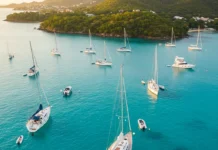Introduction: The Enchantment of Puerto Rico’s Glowing Waters
Few natural spectacles stir the imagination quite like the glowing waters of Puerto Rico. As night falls, select coastal lagoons and bays come alive with an ethereal blue-green shimmer, lighting up the darkness and creating a sense of wonder for all who witness it. The air vibrates with anticipation as paddles dip quietly into the water, and every movement triggers a cascade of sparkling light beneath the surface. For travelers seeking memorable moments, bioluminescent bays offer a sensory experience that lingers long after the night ends.
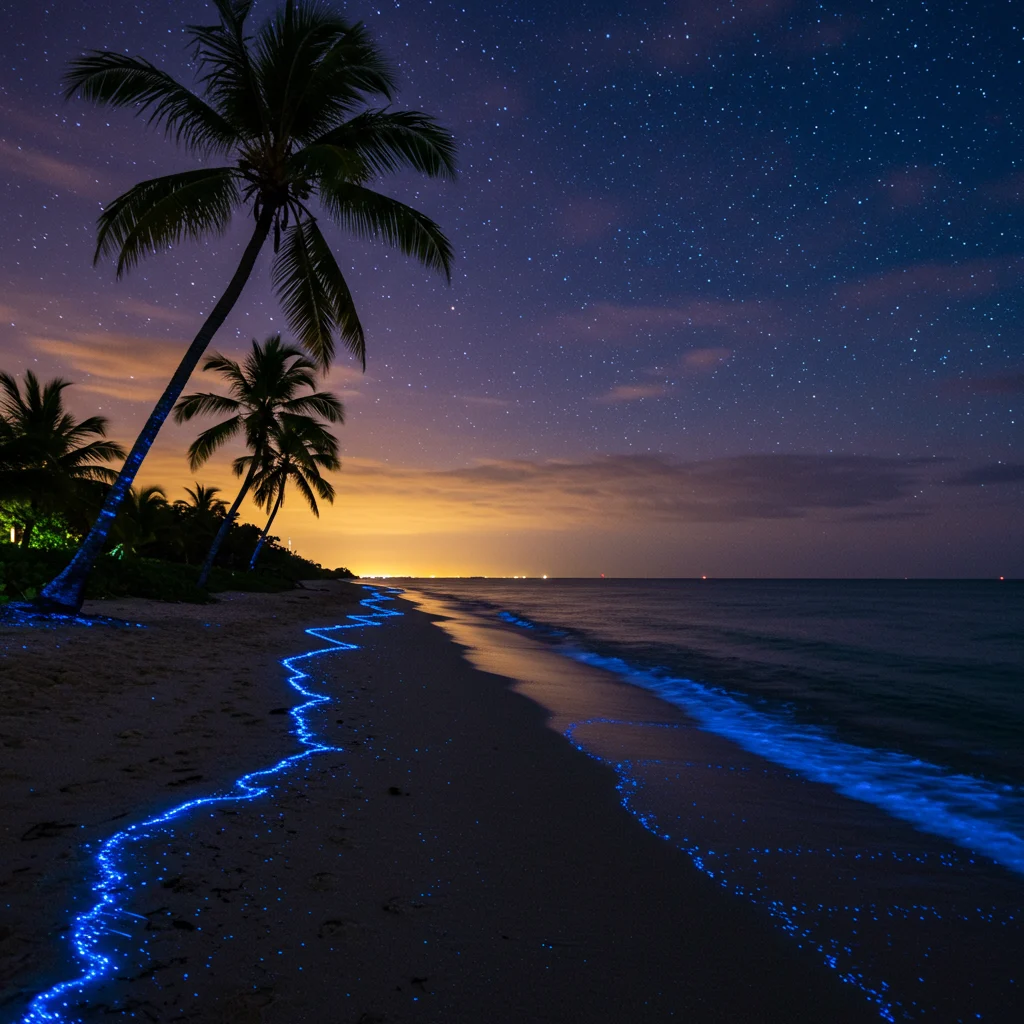
This phenomenon is more than just a visual marvel—it’s an invitation to connect with nature in a truly unique way. The gentle slap of water against a kayak, the scent of salt on the breeze, and the glow of microscopic life combine to create an adventure that is both humbling and exhilarating.
What Are Glowing Water Experiences?
Glowing water experiences refer to guided excursions that showcase the rare bioluminescent effect found in certain bodies of water. In Puerto Rico, these experiences typically involve kayaking, boating, or swimming in bays where microscopic organisms emit light, turning each movement into a dazzling display of color.
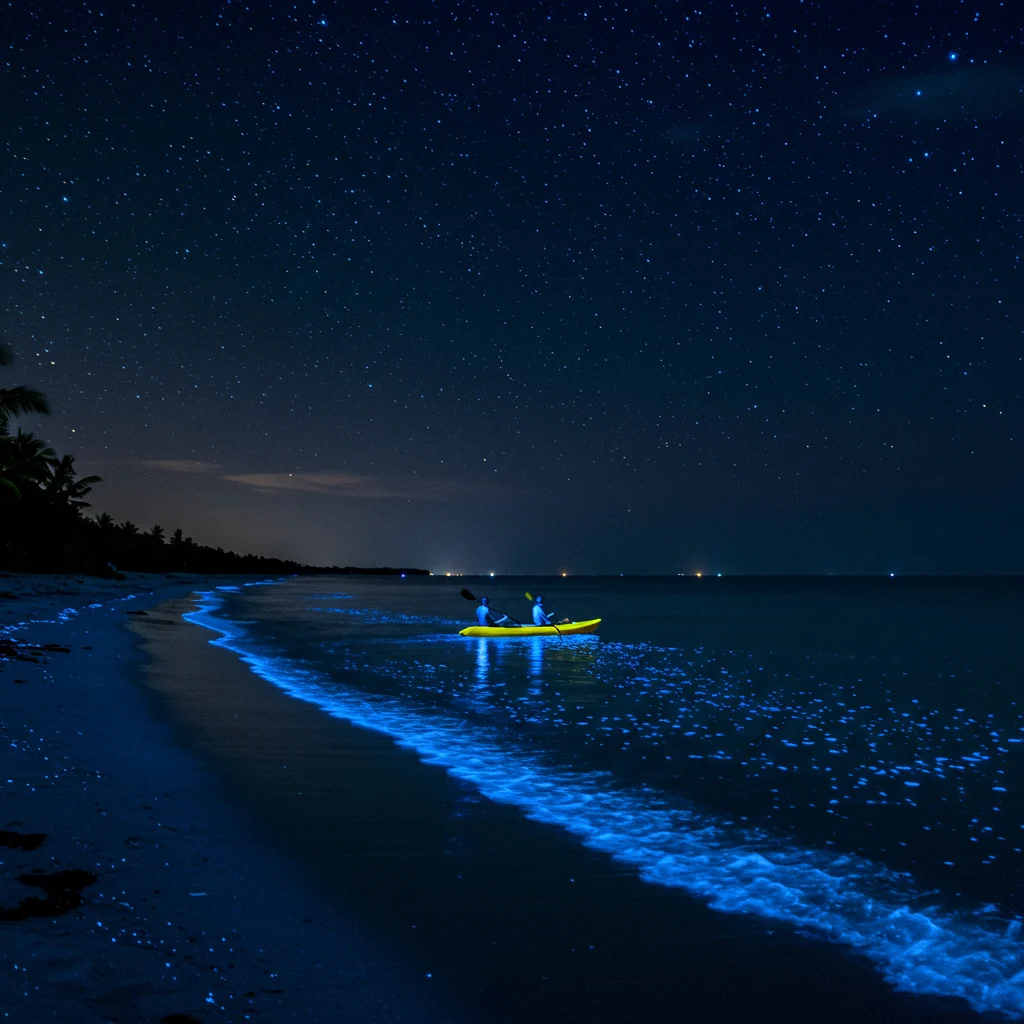
Visitors often describe their first encounter as otherworldly—the water seems to sparkle with every touch, and the sight of glowing trails left by fish or paddles is unforgettable. These tours are carefully timed and guided to maximize visibility and protect the fragile ecosystems that make such magic possible.
The Science Behind Bioluminescence
Understanding the science behind bioluminescence deepens our appreciation for these glowing waters. The phenomenon is a result of chemical reactions within certain living organisms, resulting in the emission of visible light.
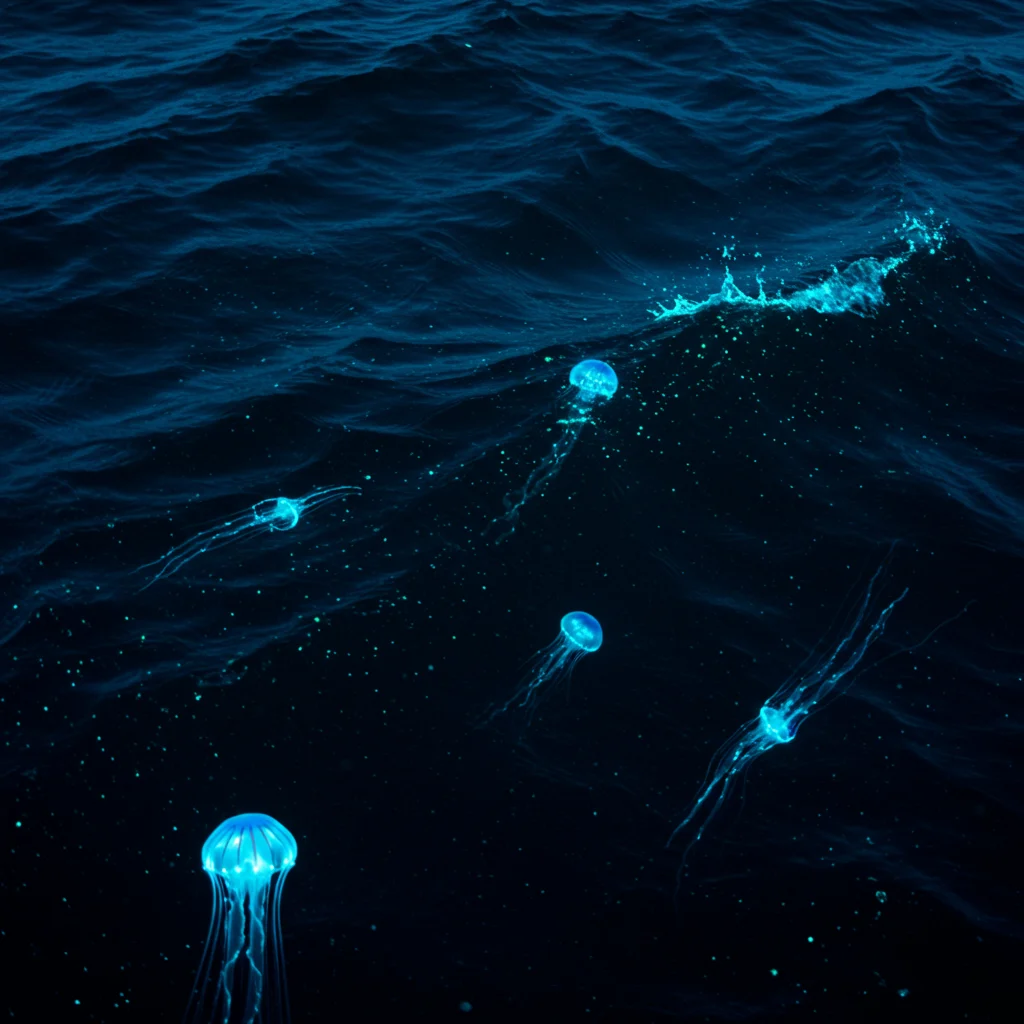
How Do Puerto Rico’s Waters Glow at Night?
The glow is the result of millions of tiny organisms called dinoflagellates, suspended throughout the bay. When disturbed, they emit a brief flash of blue-green light as a defense mechanism. This natural reaction transforms the water into a living, breathing light show, most visible during moonless nights.
What Organisms Cause the Glow?
The primary light producers in Puerto Rico’s bioluminescent bays are Pyrodinium bahamense—a type of dinoflagellate. These single-celled organisms thrive in the warm, shallow waters of the bays, creating dense populations that amplify the luminous effect.
Other bioluminescent creatures, such as comb jellyfish, can sometimes contribute to the glow, but the bays’ signature effect is largely due to these remarkable dinoflagellates.
When Is the Best Time to See Bioluminescence?
For the brightest displays, we recommend visiting during the darkest nights of the lunar cycle. New moon phases, when the sky is free of moonlight, make the bioluminescence more vivid. Clear weather and calm waters further enhance the experience, allowing the light to shimmer undisturbed.
If you’re curious about how to maximize your chances, our post on the ultimate guide to Puerto Rico bioluminescent waters offers more insights on timing and planning.
Top Bioluminescent Bays in Puerto Rico
Puerto Rico is home to three major bioluminescent bays, each offering a different ambiance and set of activities. The trio—Mosquito Bay, Laguna Grande, and La Parguera—are renowned worldwide for the intensity and accessibility of their glow.
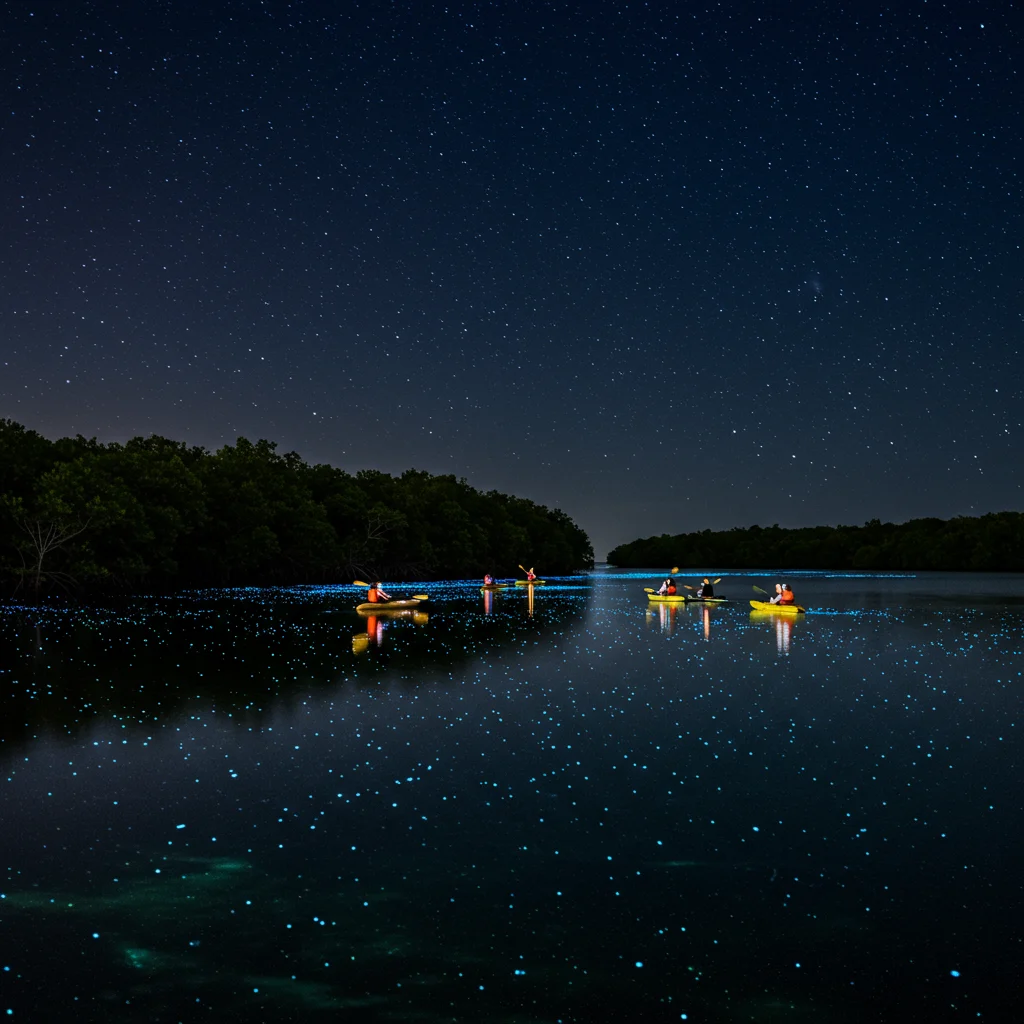
Mosquito Bay, Vieques: The Brightest in the World
Recognized by the Guinness Book of World Records as the brightest bioluminescent bay on the planet, Mosquito Bay dazzles visitors with its vibrant intensity. Located on the island of Vieques, this bay’s high concentration of dinoflagellates makes every paddle stroke ignite a burst of light, painting the water with electric blue.
Laguna Grande, Fajardo: The Most Accessible Option
For those staying on the mainland, Laguna Grande in Fajardo offers the most convenient glowing water experience. The bay is nestled within a mangrove forest, and guided kayak tours provide an intimate passage through winding channels before opening up to the luminous lagoon.
The accessibility of Laguna Grande makes it popular for families and first-time visitors who want to experience the magic without venturing too far from San Juan.
La Parguera, Lajas: The Only Swimmable Bay
Unique among Puerto Rico’s glowing waters, La Parguera allows visitors to swim directly in the bioluminescence. This bay is less concentrated than Mosquito Bay but still offers a memorable spectacle, especially for those who want to immerse themselves fully in the shimmering waters.
Boat tours here often include stops for snorkeling and swimming, adding a tactile dimension to the experience.
Comparing Puerto Rico’s Bioluminescent Bays
Each bay offers a distinct atmosphere and set of experiences. Mosquito Bay is the brightest, Laguna Grande is the easiest to reach, and La Parguera is the only site where swimming is permitted. Factors such as location, accessibility, and tour options should guide your choice.
For a first-hand account of the excitement these bays provide, see our feature on unexpected joy in Puerto Rico’s bioluminescent bay.
Other Hidden Glowing Water Spots in Puerto Rico
Beyond the well-known bays, a few hidden lagoons and coves around Puerto Rico occasionally produce bioluminescent effects. These spots are unpredictable and often less intense, but they offer a sense of discovery for the intrepid traveler.
What Makes Each Bay Unique?
Mosquito Bay’s intensity, Laguna Grande’s enchanting mangrove tunnels, and La Parguera’s open-swim policy each create a different mood and set of opportunities for exploration. The diversity of these bays ensures that every visitor can find an experience that matches their sense of adventure and comfort level.
Planning Your Glowing Water Adventure
Careful planning is essential to make the most of your bioluminescent bay tour. From timing your visit to selecting the right location, a little preparation will help you enjoy the experience fully and responsibly.

How to Choose the Right Bay for Your Experience
Consider your travel logistics, physical abilities, and desired level of adventure. If you prefer a quick trip from San Juan, Laguna Grande is ideal. For the brightest glow, prioritize Mosquito Bay. If swimming appeals to you, La Parguera is the right choice.
Comparing tour options, accessibility, and available activities will help you make the best decision for your group.
Best Times of Year and Moon Phases for Viewing
The best months for bioluminescent viewing are typically late spring through early fall, when the water is warm and rainfall is moderate. Scheduling your visit during the new moon or when the moon is below the horizon will make the glowing effect more pronounced.
We suggest checking lunar calendars and consulting with tour operators for optimal dates.
What Weather Conditions Affect Bioluminescence?
Heavy rain, strong winds, or rough seas can dilute the concentration of dinoflagellates and disturb the water’s clarity. Clear nights with calm conditions provide the best visibility. Always monitor weather forecasts and check with your tour provider before heading out.
How to Book a Tour: What to Look For
When booking a bioluminescent bay tour, prioritize operators with knowledgeable guides, strong safety protocols, and a commitment to environmental preservation. Read recent reviews and ask about group sizes, equipment quality, and cancellation policies.
For more advice on choosing a memorable tour, our article on boat tours to Puerto Rico’s bioluminescent bay offers detailed recommendations.
What to Expect on a Bioluminescent Bay Tour
A well-organized tour provides not only a safe and magical encounter with glowing waters but also a deeper understanding of the natural environment. Guides typically share insights into the science, history, and cultural significance of the bays.

Types of Tours: Kayak, Boat, and Swimming
Most bioluminescent bay tours offer kayaking or electric boat options. Kayaking allows for a quiet, personal immersion, gliding silently through glowing trails. Boat tours are ideal for groups or those with mobility restrictions. In La Parguera, swimming and snorkeling bring guests face-to-face with the shimmering effect.
How Long Do Tours Last?
Tours generally last between 1.5 and 2.5 hours, including a safety briefing, travel time to the bay, and approximately an hour on the water. The duration may vary based on the tour provider, weather, and group preferences.
What Safety Precautions Should You Take?
Safety is a top priority. Life jackets are typically required, and guides provide thorough instructions before departure. Listen closely to your guide, follow all posted rules, and never swim without explicit permission.
What Should You Bring on Your Tour?
Pack light, but bring essentials:
- Quick-drying clothing
- Non-toxic insect repellent
- Reusable water bottle
- Waterproof phone/camera case
- Sandals or water shoes
Leave valuables and single-use plastics behind to protect the environment.
Can You Take Photos of the Glowing Waters?
Capturing the bioluminescent glow on camera is challenging, but not impossible. Most smartphones struggle in low-light conditions, but with patience and the right settings, you can preserve the memory.
Tips for Capturing the Magic on Camera
Use a tripod or stabilize your camera to prevent blurring. Take multiple long-exposure shots and experiment with different angles. The darker your surroundings, the more vibrant the glow will appear in photos.
Recommended Camera Settings and Gear
For best results:
- Manual mode with high ISO (1600+)
- Long exposure (10–30 seconds)
- Wide aperture (f/2.8 or lower)
- Waterproof housing or bag for your camera
Practice at home in low-light conditions to familiarize yourself with your gear.
What to Wear for a Nighttime Water Adventure
Wear lightweight, moisture-wicking clothing and avoid dark colors that may attract insects. Bring a light jacket for cooler evenings and water shoes for comfort and safety during entry and exit.
What to Expect for Families with Kids
Many tours welcome children, offering smaller life jackets and family-friendly guides. Prepare young travelers by explaining the experience in advance and ensuring they are comfortable with nighttime activities on the water.
Accessibility: Are Bioluminescent Bays Suitable for Everyone?
Most tour operators strive to accommodate guests with varying abilities. Boat tours are particularly suitable for those who may have difficulty paddling. Always communicate any special needs when booking to confirm accessibility.
Eco-Friendly and Responsible Tourism
Protecting the delicate ecosystems that make bioluminescent bays possible is a shared responsibility. Sustainable tourism ensures that future generations will experience the same magical light shows.
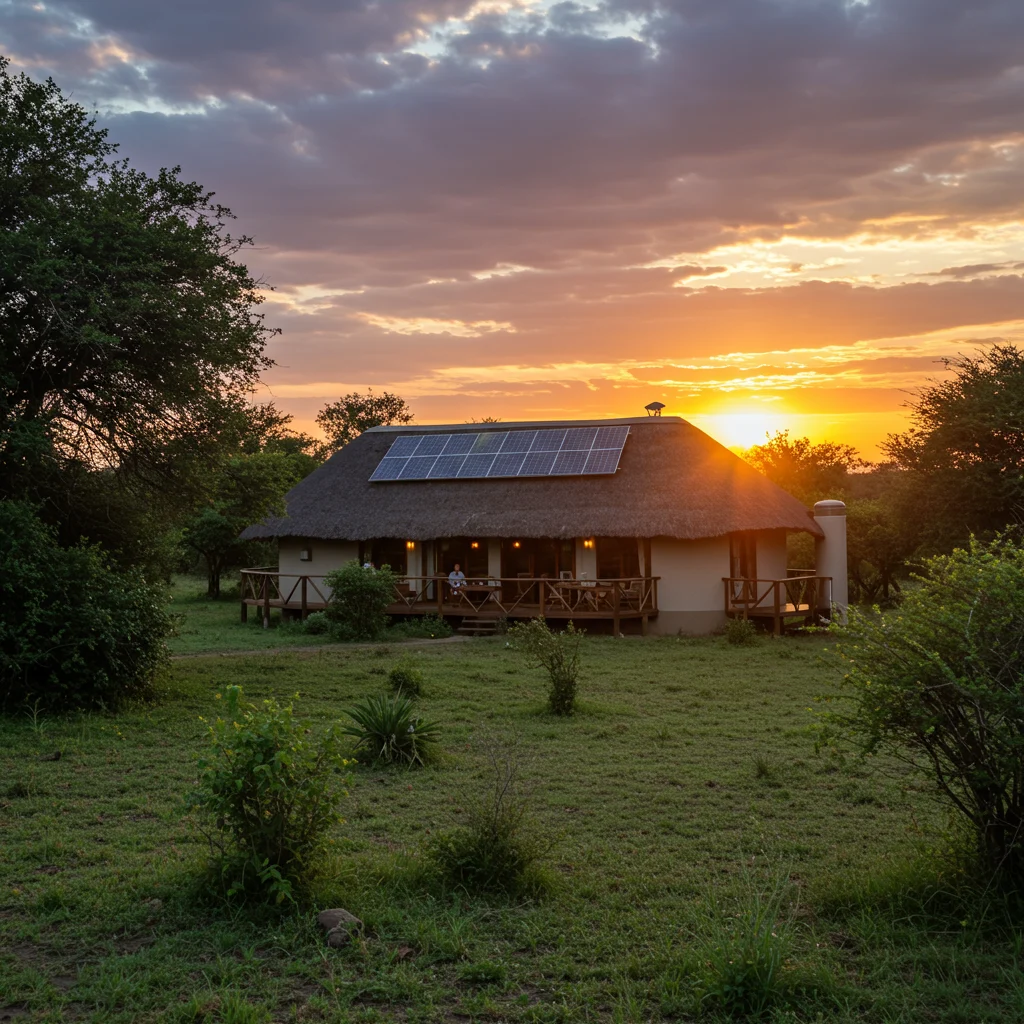
Why Is It Important to Protect the Bays?
The health of bioluminescent bays depends on clean water, thriving mangroves, and undisturbed habitats. Pollution, overuse, and careless behavior can diminish the glow and threaten local wildlife.
How to Be a Responsible Visitor
Responsible visitors:
- Use reef-safe sunscreen and insect repellent
- Follow all tour guidelines
- Do not touch or remove organisms from the water
- Take all trash with you
Being mindful of your impact preserves the bays for others to enjoy.
Tour Operator Sustainability Practices
Choose tour providers who practice environmental stewardship. Many operators limit group sizes, offer educational briefings, and partner with conservation organizations to monitor the health of the bays.
What Not to Do in the Bioluminescent Bays
Avoid swimming in non-designated areas, using chemical-laden sprays, or shining bright lights directly into the water. Such actions can harm the organisms and diminish the effect for others.
How Local Communities Benefit from Bioluminescent Tourism
Tourism revenue supports local businesses, guides, and conservation projects, providing jobs and fostering pride in the natural heritage of Puerto Rico’s coastal towns.
As experts often say:
“Protecting these glowing waters is not just about preserving a spectacle; it’s about sustaining the livelihoods and traditions of the communities that call these bays home.”
Beyond the Glow: Exploring Surrounding Attractions
A visit to a bioluminescent bay is just one part of the adventure. The regions surrounding these bays offer vibrant culture, natural beauty, and delicious cuisine that round out any trip to Puerto Rico.

Top Things to Do Near Mosquito Bay, Vieques
After your nighttime adventure, explore Vieques by day. Relax on pristine beaches, hike through the Vieques National Wildlife Refuge, or visit the historic Fortín Conde de Mirasol. The island’s tranquil atmosphere and scenic vistas create a perfect complement to the luminous bay.
What to Explore Around Laguna Grande, Fajardo
Fajardo’s nearby attractions include the famous El Yunque National Forest, beautiful Seven Seas Beach, and the lively seafood kiosks at Las Croabas. Kayaking through mangroves or snorkeling offshore reefs adds even more variety to your itinerary.
For a deeper look at the magic of the area’s glowing waters, our article on a night to remember in Puerto Rico’s bioluminescent bay shares more tips.
La Parguera’s Local Culture and Nightlife
La Parguera is known for its vibrant boardwalk, casual bars, and seafood restaurants. After your swim, enjoy local music and mingle with residents who are always eager to share stories about the bay and its traditions.
Where to Stay Near Each Bioluminescent Bay
Accommodations range from boutique hotels and eco-lodges to family-friendly resorts and guesthouses. Booking early is recommended, especially during peak seasons, to secure your preferred location and amenities.
What Local Foods Should You Try?
Don’t miss out on Puerto Rico’s culinary delights. Sample mofongo, fresh-caught seafood, tostones, and local desserts like tembleque. Many restaurants near the bays offer ocean views and warm hospitality.
Travel Logistics for Visiting Puerto Rico’s Glowing Waters
Efficient travel arrangements make your bioluminescent bay adventure smooth and stress-free. Understanding transportation options, booking procedures, and packing essentials will help you focus on the experience itself.
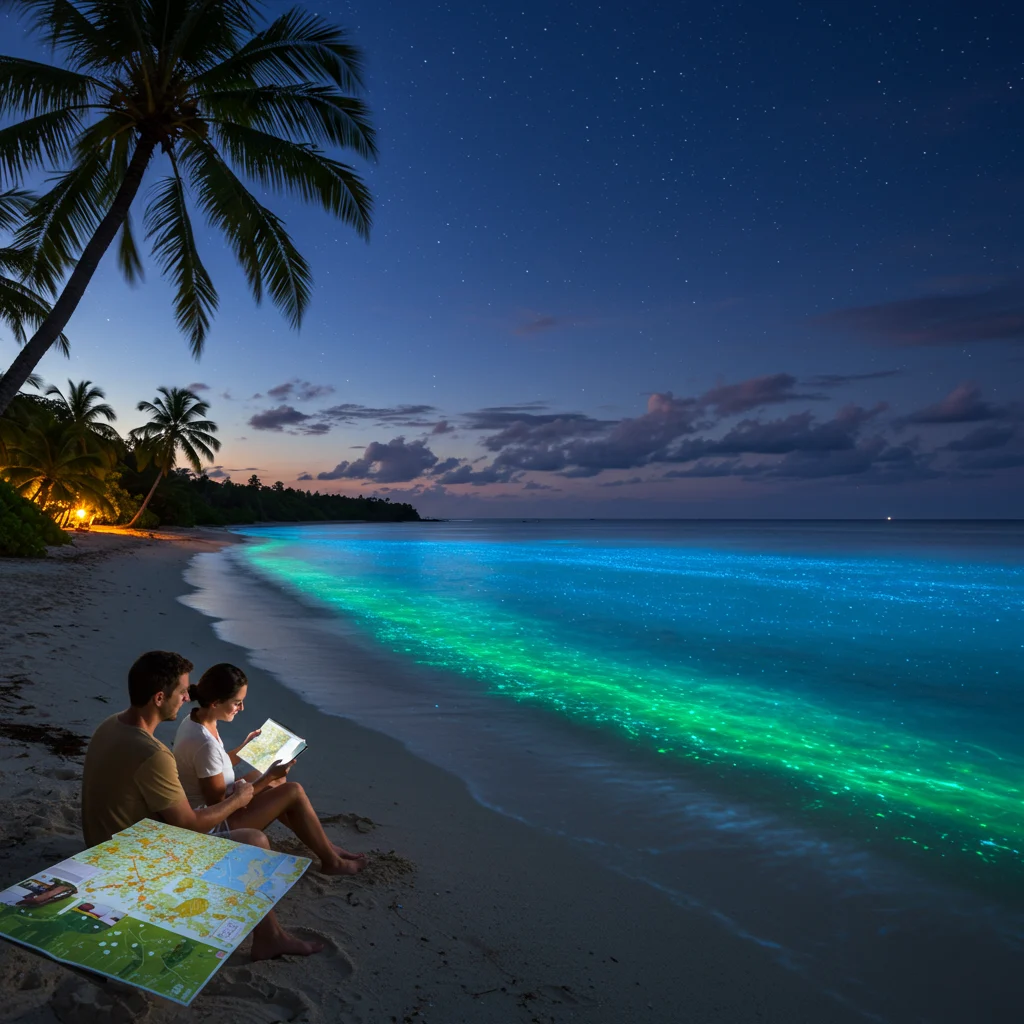
How to Get to Each Bioluminescent Bay
Mosquito Bay requires a ferry or small plane to Vieques from the main island. Laguna Grande is a short drive from San Juan, while La Parguera is best accessed by car from the southwest coast. Confirm schedules and allow extra time for travel, especially during holidays.
Transportation Tips: Car Rentals, Ferries, and Shuttles
Renting a car provides flexibility, especially if you plan to visit multiple sites. Ferries to Vieques can fill up quickly, so reserve tickets in advance. Some tour operators offer shuttle services from major hotels, simplifying logistics for those without vehicles.
Booking Your Trip: Flights and Accommodations
Book flights into San Juan’s Luis Muñoz Marín International Airport for the widest range of options. Accommodations near the bays fill up quickly during popular months, so make reservations early to secure your preferred dates and amenities.
Packing Checklist for a Glowing Water Adventure
A well-prepared bag can make a big difference:
- Lightweight, quick-dry clothing
- Water shoes or sandals
- Reusable water bottle
- Waterproof bag for electronics
- Non-toxic insect repellent
- Personal identification and confirmation details
For more detailed suggestions, our post on what to bring for bioluminescent adventures offers additional tips.
Frequently Asked Questions About Bioluminescent Bays
First-time visitors often have questions about safety, logistics, and what to expect. Here, we address the most common inquiries to help you plan with confidence.
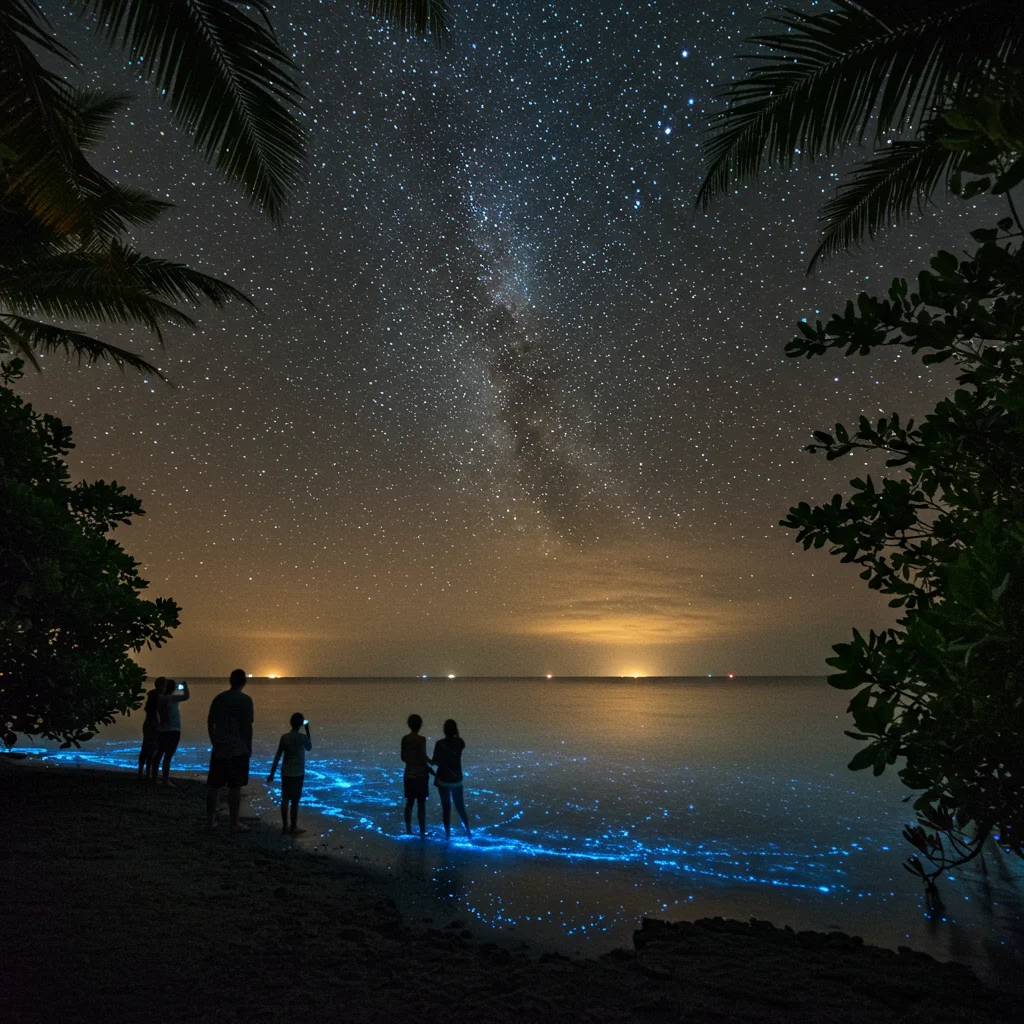
Is It Safe to Swim in the Glowing Waters?
Swimming is permitted only in La Parguera, where conditions are monitored for safety. The organisms responsible for the glow are harmless to humans, but always listen to your guide and respect posted restrictions.
Can You Visit the Bays Without a Tour?
Some bays, like La Parguera, can be accessed independently, but guided tours are strongly recommended for safety and environmental reasons. Mosquito Bay and Laguna Grande require authorized guides to protect the delicate ecosystems.
What Are the Age Restrictions for Tours?
Most tours welcome children over the age of five, but age policies vary by operator and tour type. Always confirm with your provider in advance, especially if you have young travelers in your group.
Are There Any Health Risks Involved?
There are minimal health risks associated with visiting bioluminescent bays. Those with allergies or sensitive skin should avoid direct contact with the water. Pregnant travelers and individuals with mobility issues should consult with tour operators to ensure suitability.
How Do Weather and Natural Events Impact the Glow?
Heavy rain, hurricanes, or water pollution can temporarily diminish the bioluminescent effect. The bays are remarkably resilient, but tour operators may cancel excursions during adverse conditions to protect both guests and the ecosystem.
Personal Stories: Unforgettable Glowing Water Experiences
The true magic of Puerto Rico’s glowing waters is best captured in the words of those who have witnessed them firsthand. Every night on the bay is unique, filled with moments of awe, laughter, and connection.
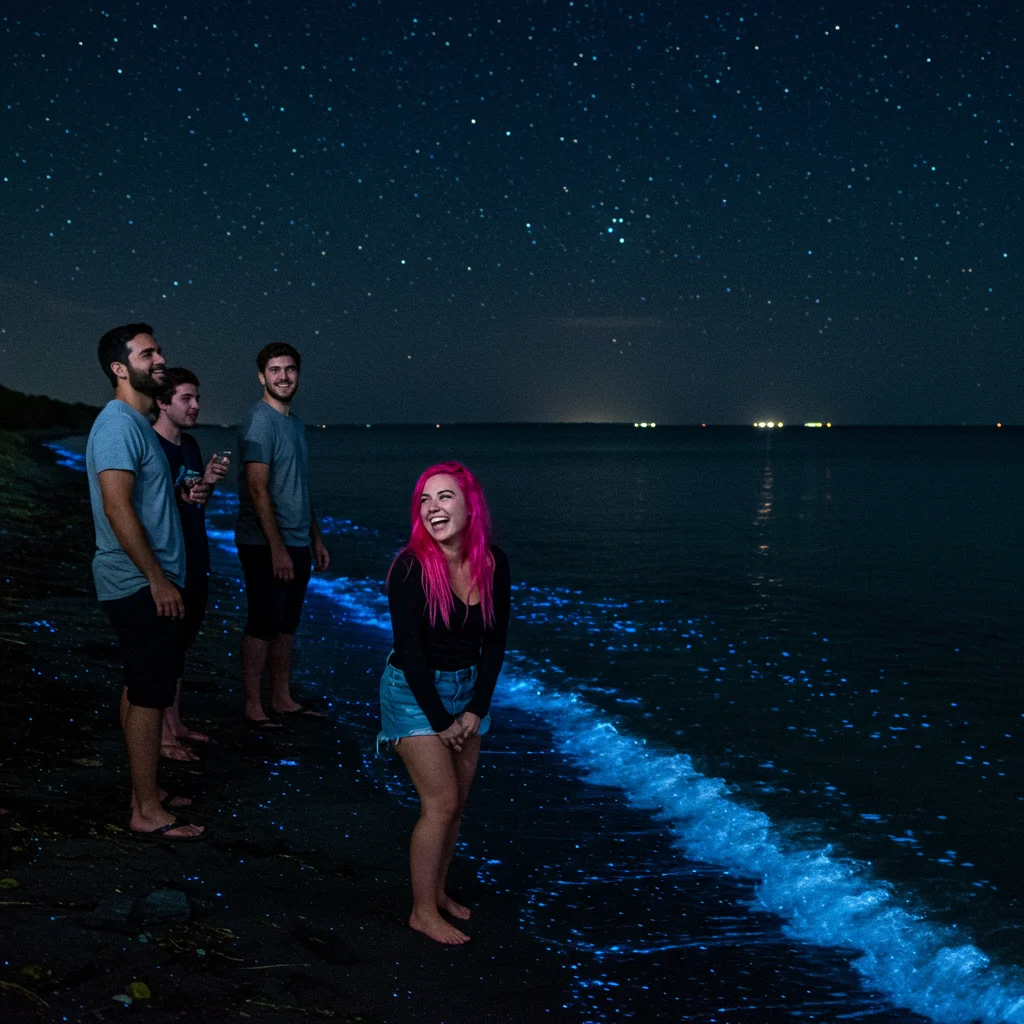
Traveler Testimonials and Inspiring Moments
Many visitors describe the experience as transformative—a reminder of nature’s hidden wonders. The sight of water sparkling with every movement evokes childlike joy, and the hush of night adds a sense of intimacy to the adventure.
Local Guides Share Their Favorite Memories
Guides often recall nights when the glow was so intense that every splash painted the water with light. Sharing stories under the stars, they help guests appreciate the delicate balance that allows the bays to shine.
Tips for Making the Most of Your Visit
Preparation and an open mind are key to a rewarding night on the bay. With a few practical tips, you can maximize both the magic and the comfort of your adventure.
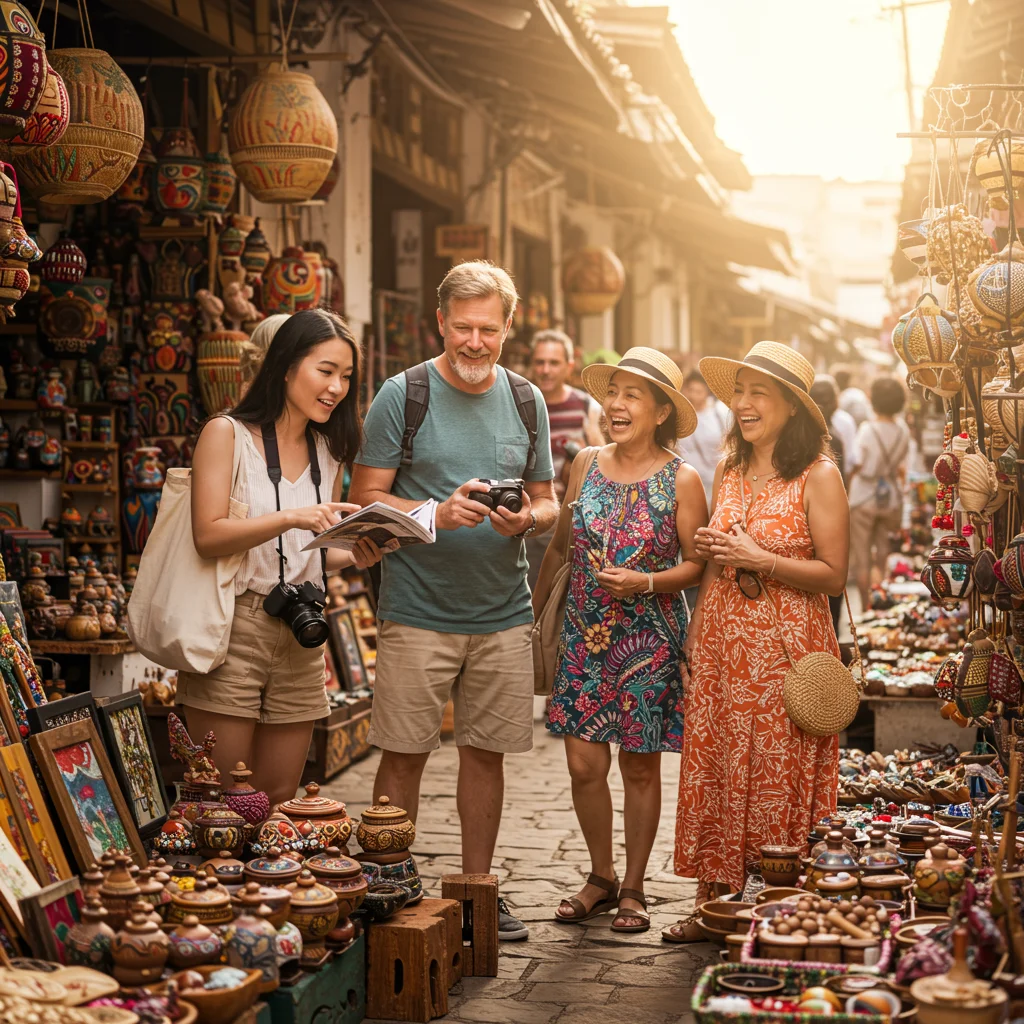
How to Prepare for Your Night on the Water
Arrive early, dress appropriately, and listen carefully to your guide’s instructions. A positive attitude and a willingness to embrace the unexpected will set the stage for a memorable night.
Dos and Don’ts for First-Time Visitors
- Do respect the environment and your fellow travelers.
- Do bring only what you need and leave no trace behind.
- Don’t use flash photography or bright lights that can disturb wildlife.
- Don’t swim unless permitted by your guide.
Learning from experienced visitors can make your trip even more special, as we highlighted in our post about unexpected joys found in the bioluminescent bay.
Conclusion: Why Puerto Rico’s Glowing Waters Are a Must-See
The glowing waters of Puerto Rico offer an experience that is as educational as it is enchanting. Whether you’re seeking adventure, relaxation, or a deeper connection with nature, these magical bays deliver moments of awe and inspiration that linger long after your visit.

How to Start Planning Your Own Magical Experience
If you’re ready to witness this natural phenomenon, begin by researching reputable tour operators and considering what type of adventure best suits your interests. For the most up-to-date information, recommendations, and booking options, we invite you to visit Puerto Rico Tour. Let your journey to glowing waters become the highlight of your travels.
